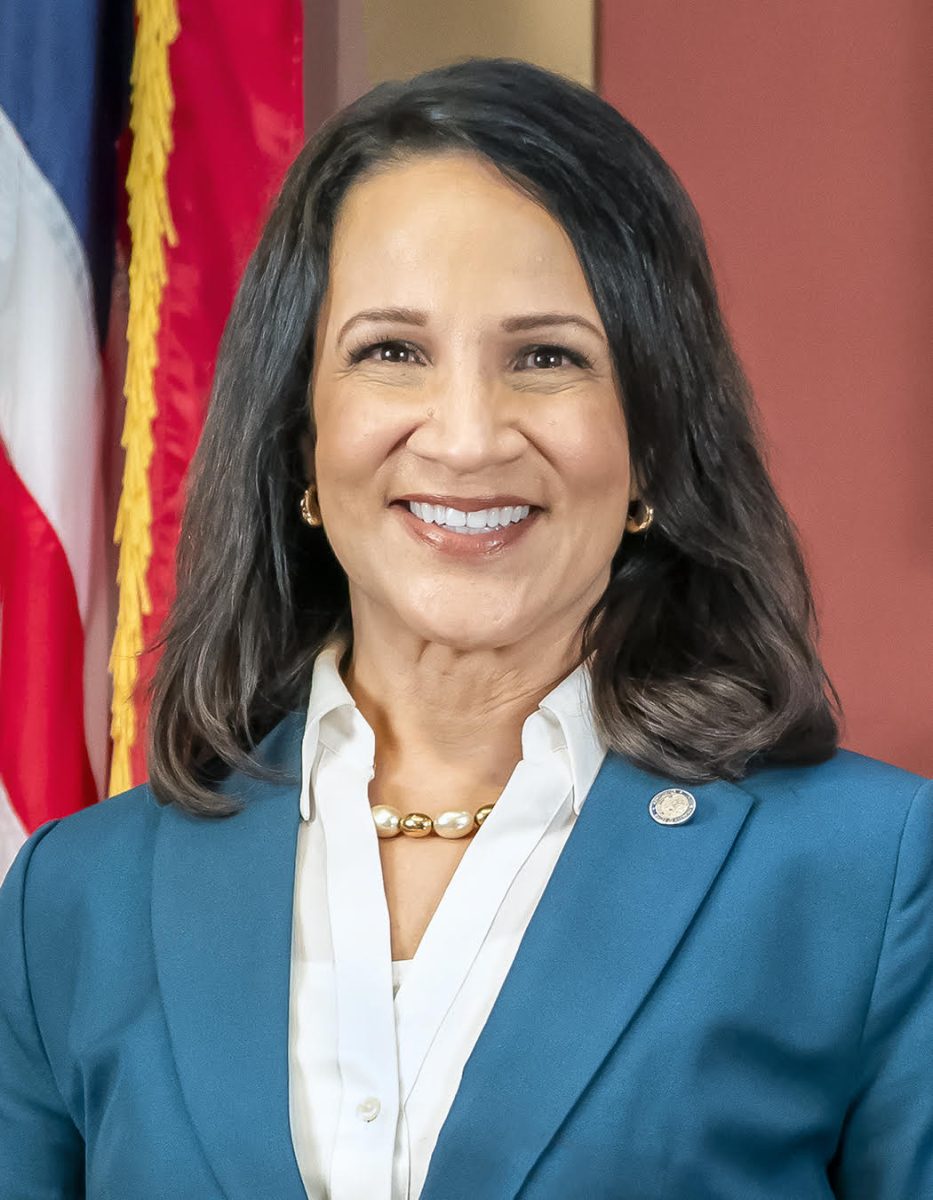With an increasing global population, University of Minnesota researchers found the world has enough resources to sustain this growing population to 2050.
The study, funded by the Institute on the Environment and global conservation nonprofit The Nature Conservancy, tested if it is feasible for the world’s resources to meet the demand of the world’s population in 2050 while saving enough land to sustain biodiversity as well as improve air and water quality.
The study began in March 2011 and found changes made to food and energy production could help meet projected increases in food demand by 54 percent and energy demand by 56 percent. The research shows this is possible while also achieving habitat protection and reducing greenhouse gas emissions, water stress and air pollution.
Peter Hawthorne, the lead researcher from the Institute on the Environment, said the study shows a clear potential path for global resources usage, factoring in a continually growing global population.
Earlier this month, the United Nations released a report on climate change. According to the study, the average increase in global temperature will likely rise 1.5 degrees Celsius by approximately 2040 due to climate change and human activity. This effect could drastically harm natural resources.
“It’s tough after that climate report came out just recently, saying how urgent it is to act now,” Hawthorne said. “It’s nice for me to know … there is a pathway forward that solves the climate, that provides food, energy and water for everyone, and has a space for nature.”
Stephen Polasky, a professor in the Department of Applied Economics and the researcher who started the study, said the findings do not mean humans can continue using resources at current rates, while expecting the outlook to improve.
“The thing that keeps me up at night is the fact that we aren’t taking threats to the environment seriously … and we’re making problems a whole lot worse [by not] trying to chip away at them,” Polasky said.
The findings from the study will be used to bring awareness to potential climate change solutions and how to address a rising global population. The research will also inform the Nature Conservancy’s strategic 2050 global plan. A companion study is being planned to research how society can be more centered around sustainability and bring politics and economics into consideration, Polasky said.
Joe Ramstad, a senior studying agricultural education and communications, said it is important to be open to different technologies and ideas to help improve the public’s environmental footprint as the population continues to grow.
“As a future teacher, I think that discussing the climate and weather patterns is something that will be addressed in my classroom,” Ramstad said.
Institute on the Environment researcher Kate Brauman said she hopes the study makes people realize it’s possible to create positive change with available resources.
“If you look at environmental coverage, a lot of it is very doomsday and sad. We wanted to say it is possible to be positive,” she said.








